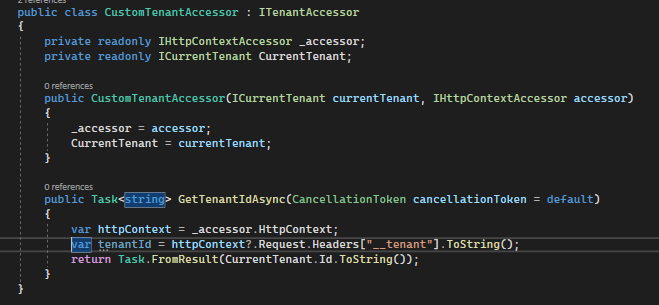Activities of "uyarbtrlp"
Is using this package okay on HttpApi.Host application?
Yes, I know how to use this in another client, but I want to use this app service with current user authorization in another web application. I don't want to configure the username or password on configuration file. How to use this app service without giving some information on configuration file? I prefer to do that with Dynamic C# API Client Proxies or is there any different options for that purpose?
- ABP Framework version: v5.3.3
- UI type: MVC
- DB provider: EF Core
- Module Template (Separated Deployment & Databases Scenario): yes
Hello all,
I've wanted to use IIdentityRoleAppService to add roles, get roles etc. in my app service but somehow I have not been able to use it. I've examined the https://support.abp.io/QA/Questions/2785/Consume-external-REST-API-to-get-data issue to see how to use different application services in the app service. I've followed three steps that mentioned. I've ended up with "unauthorized error" even though I've had the right permissions. Here are the steps to reproduce the issue:
- Create a new solution by using the command
abp new TestAppForRoleAppService -t module-pro --add-to-solution-file --output-folder C:\Users\TestAppForRoleAppService --version 5.3.3 - Create the db and seed the users
- Insert the
Volo.Abp.Identity.Pro.Application.Contracts 5.3.3package in TestAppForRoleAppService.Application.Contracts to get the interfaces. - Insert the
Volo.Abp.Identity.Pro.HttpApi.Clientpackage in TestAppForRoleAppService.HttpApi.Host and insert it in module dependencies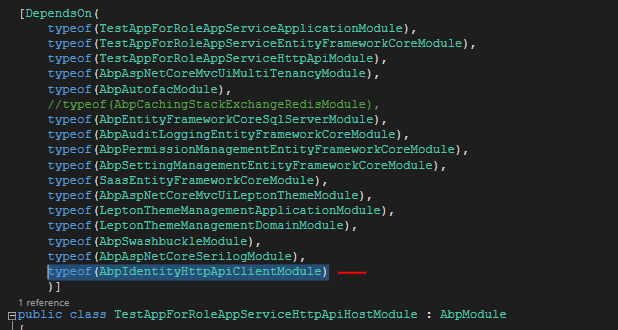
- Remote service configuration on TestAppForRoleAppService.HttpApi.Host . (It's base url is https://localhost:44388/ which is the identity server url since the related services are in identity server)

- Use the IIdentityRoleAppServices to get all roles in the sample services
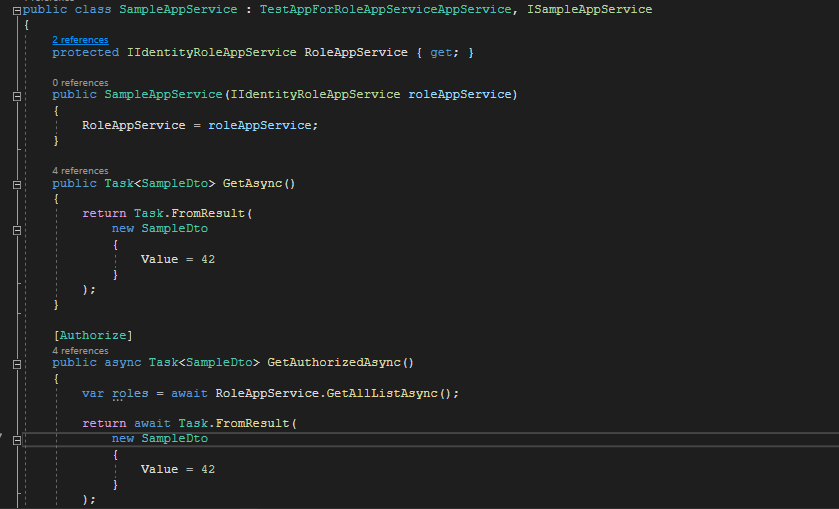
- Run the projects : TestAppForRoleAppService.HttpApiHost, TestAppForRoleAppService.IdentityServer and TestAppForRoleAppService.Web.Host
- Call it from the host by using the swagger and get the unauthorized error
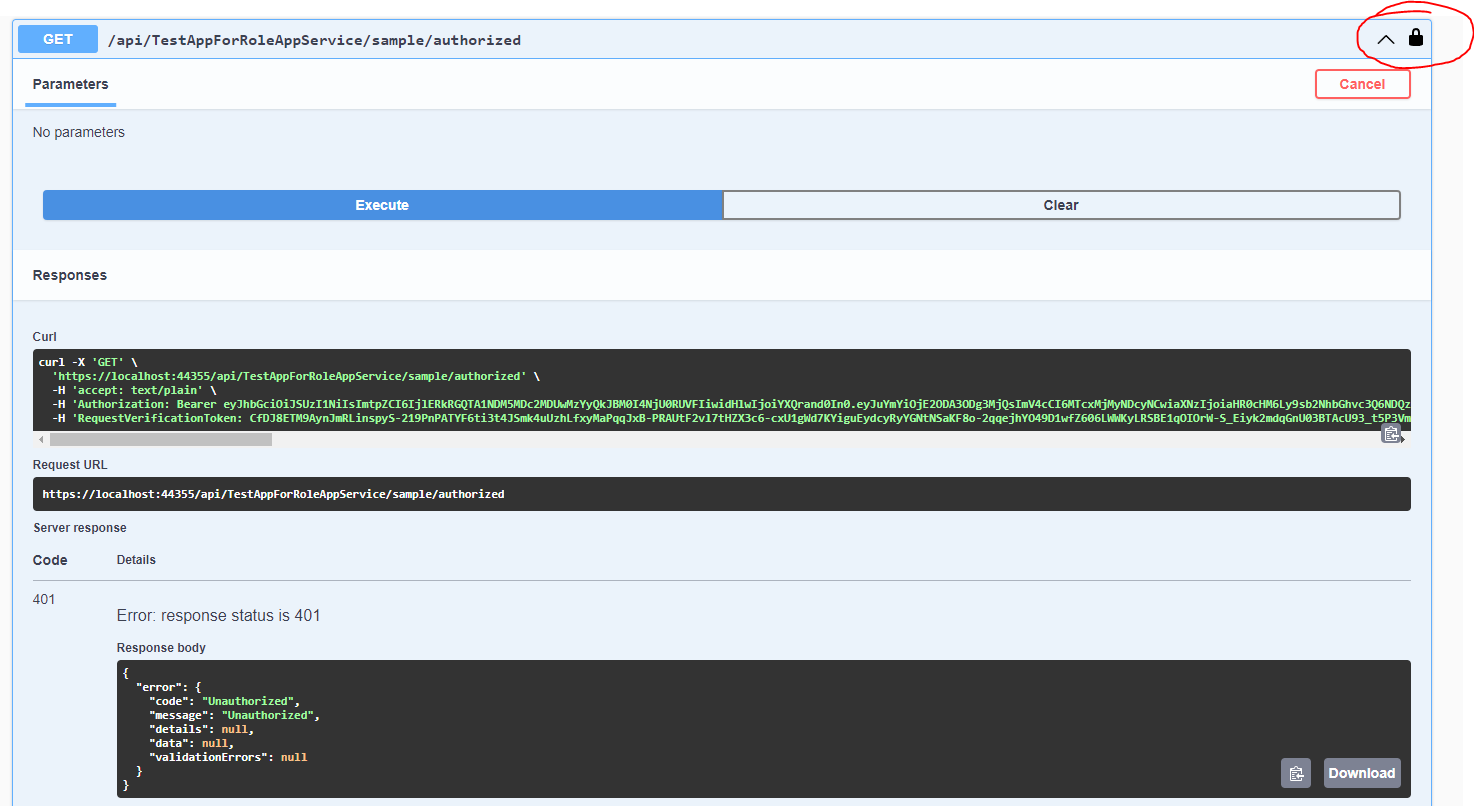
- Check the identity server logs and see the error which is caused for missing privilege, but I have the right permission to get the roles.


Am I missing something to use the app service in another app service or is it kind a bug for the module template?
Thanks. Kind Regards
Hello,
I want to override AbpRemoteServiceOptions.BaseUrl while using the dynamic c# API clients on console application, but it still retrieves the value which is defined on the configuration. I've followed the issue (https://support.abp.io/QA/Questions/3224/How-we-can-extend-Dynamic-API-Client-Proxy-to-allow-changing-RemoteService-base-url-dynamically) and created an options manager.
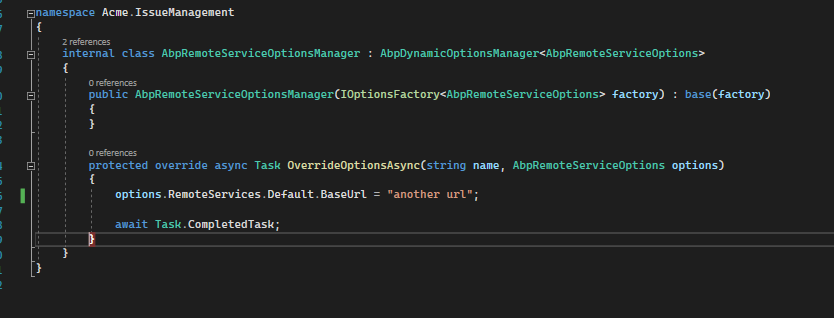
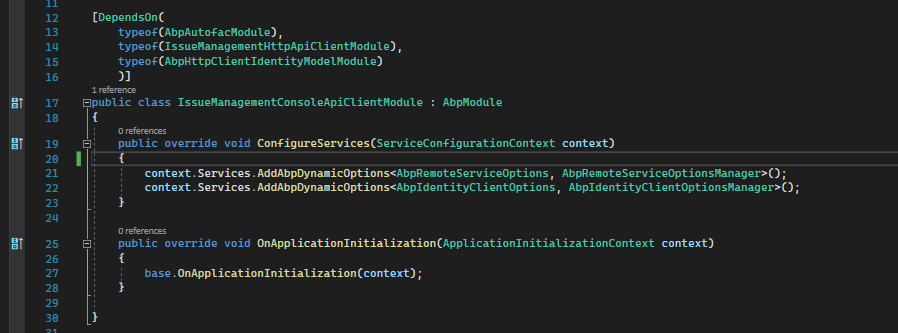
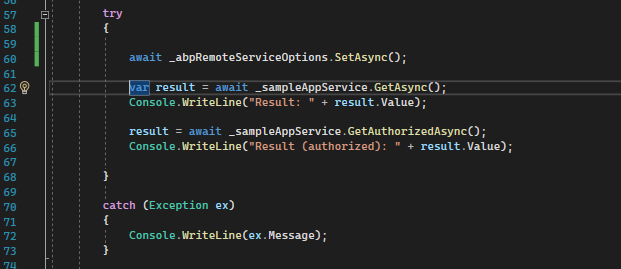
I see that it still reads the value on the configuration.


How to change it dynamically?
- ABP Framework version: v5.3.3
- UI type: MVC
- DB provider: EF Core
- Tiered (MVC): yes
- Exception message and stack trace:
- Steps to reproduce the issue:"
Is there a way to do it with the tenant name like passing the __tenant value in the header values?
Hello,
We've created a WPF application that uses the dynamic C# API client proxies. It consumes the HttpApi.Client module of our project. We basically want to set the tenant name while the request is being sent to do operations according to the tenant and expect it from the users with an input field. How can I set the tenant name while using the dynamic C# API client proxies?
- ABP Framework version: v5.3.3
- UI type: MVC
- DB provider: EF Core
- Tiered (MVC): yes
- Exception message and stack trace:
- Steps to reproduce the issue:"
It works as expected, but I've faced 415 error while publishing a new workflow definition on dashboard. I've inserted 'Content-Type':'application/json' in request.headers
Thanks a lot!
Hello,
I've sent it. Thanks
- ABP Framework version: v.6.0.1
- UI type: MVC
- DB provider: EF Core
- Tiered (MVC): yes
- Exception message and stack trace:
- Steps to reproduce the issue:"
Hello,
I've implemented the ELSA for our workflow requirement according to https://community.abp.io/posts/integrating-elsa-.net-workflows-with-abp-commercial-io32k420 and https://community.abp.io/posts/using-elsa-workflow-with-the-abp-framework-773siqi9. It runs perfectly, but when we want to distinguish the workflows between tenants, I need to get the tenant id from somewhere. They've written the CustomTenantAccessor to access and change the tenant id. Here is the example: https://github.com/elsa-workflows/elsa-core/blob/bc6013aabc7cdbdb8bee336f52f99fb9e341e533/src/samples/aspnet/Elsa.Samples.CustomTenantIdSource/CustomTenantAccessor.cs. I thought that I can use the ICurrentTenant service to get the tenant information. Unfortunately, It is retrieved as null and I couldn't use the multi tenancy option on the ELSA. Here is the steps that I followed:
- Create a clean project by using the abp suite (Application Template & Tiered)
- Add the regarding packages into the relevant layers
Domain ->
PackageReference Include="Elsa" Version="2.9.1"
PackageReference Include="Elsa.Activities.Console" Version="2.9.1"
PackageReference Include="Elsa.Activities.Http" Version="2.9.1"
PackageReference Include="Elsa.Activities.Email" Version="2.9.1"
PackageReference Include="Elsa.Activities.Temporal.Quartz" Version="2.9.1"
EntityFrameworkCore ->
PackageReference Include="Elsa.Persistence.EntityFramework.SqlServer" Version="2.9.1"
HttpApi ->
PackageReference Include="Elsa.Server.Api" Version="2.9.1"
Web ->
PackageReference Include="Elsa.Designer.Components.Web" Version="2.9.1"
Configure the ELSA on HttpApi.Host module and add api versioning (ELSA uses).
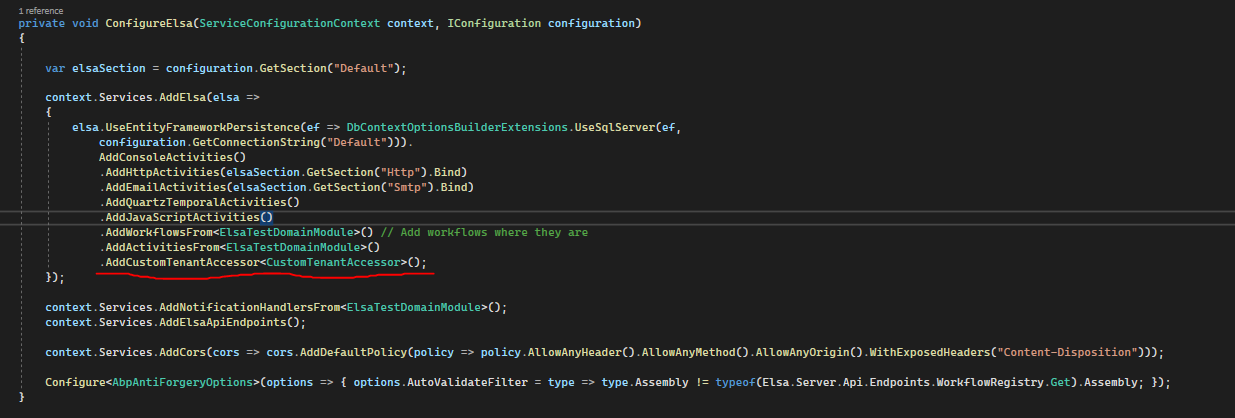
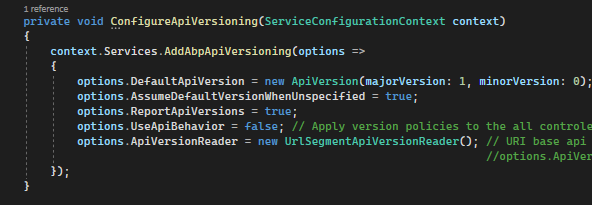
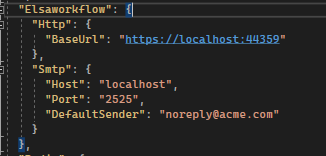
Add api versioning on Web module as above
Insert Elsa.cshmtl and Elsa.cshtml.cs under Pages folder on Web
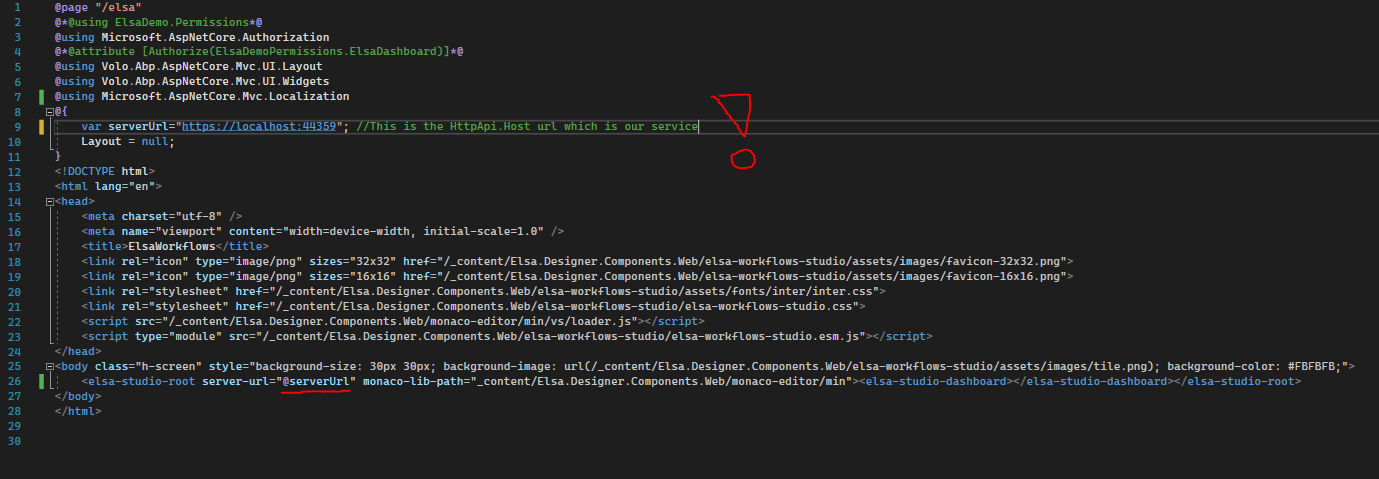
Add the HttpApi.Host url into the appsettings.json as CorsOrigins to prevent CORS

Navigate to /elsa on Web and see the CurrentTenant value on CustomTenantAccessor. It is empty.
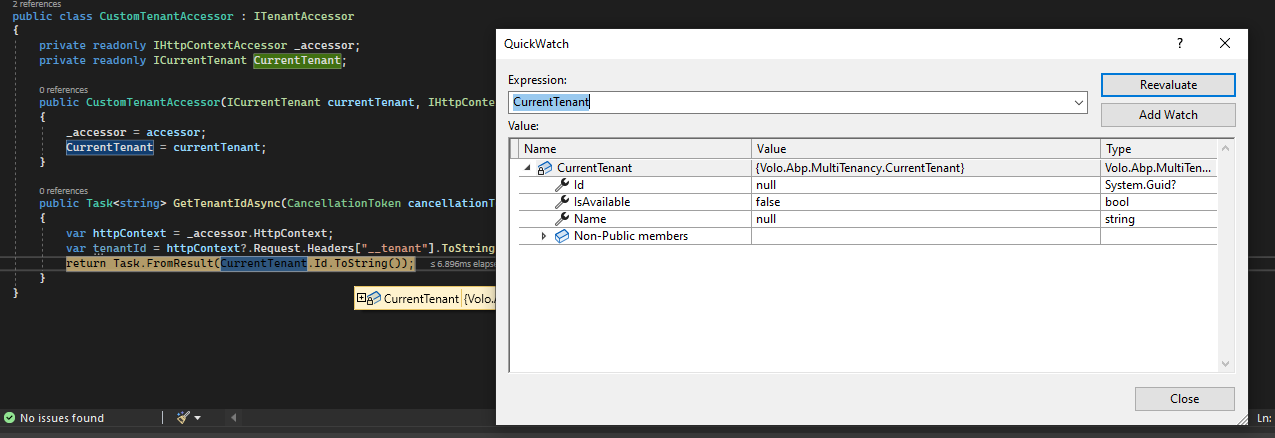
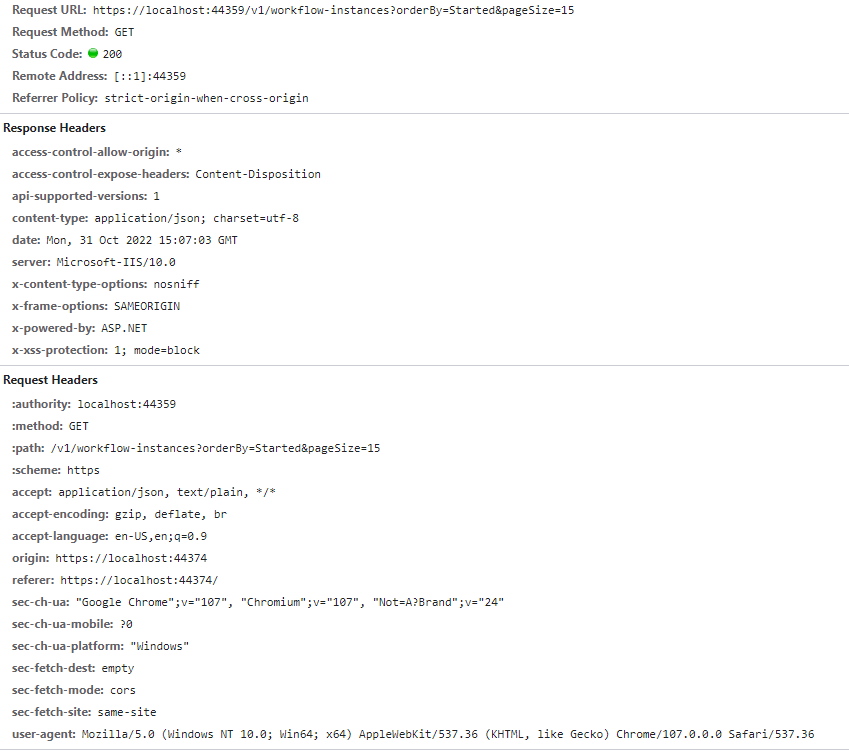
When I send the request to one of the ELSA endpoints on Swagger, I can see that the tenant information is fulfilled and there are headers regarding cookies, authorization etc.
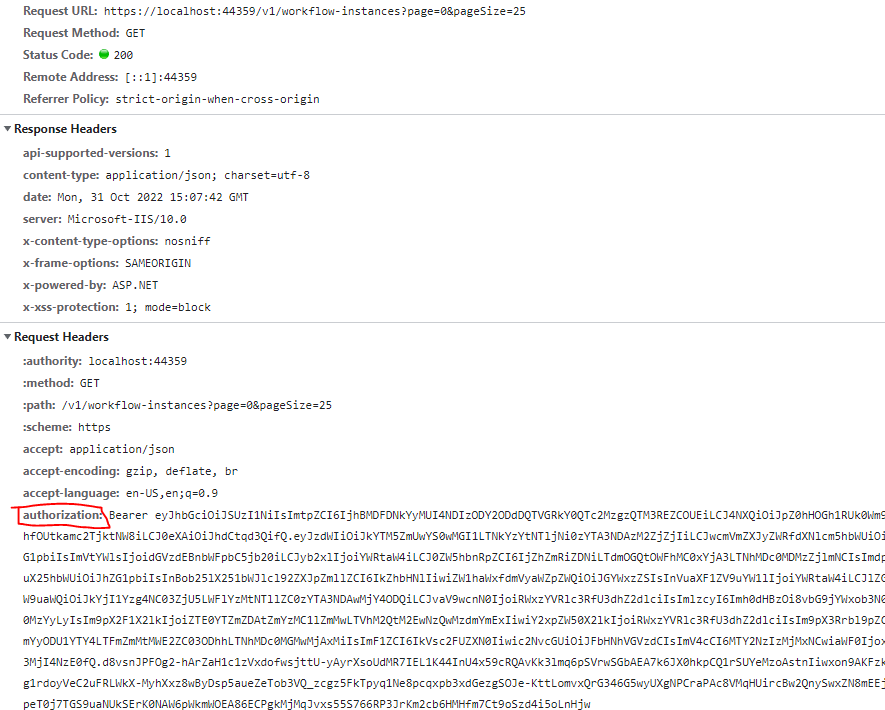
It seems that there are some missing parts while sending the request. Since there are no information about how to implement the multi tenancy on ELSA, there could be some missing parts on my implementation. How can I get the tenant id for the ELSA endpoints while working on ELSA dashboard?
any suggestions? any thoughts? any ideas?
